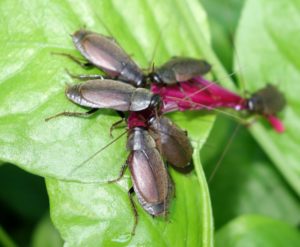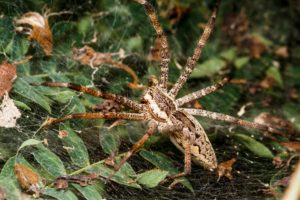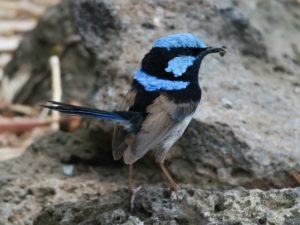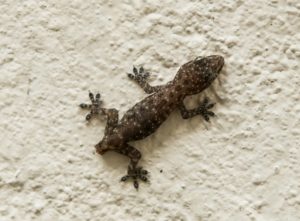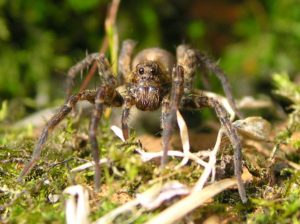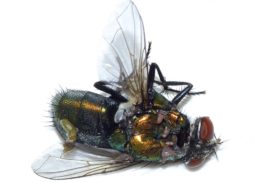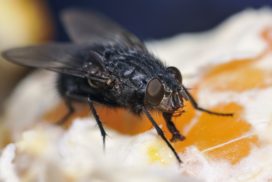HOW MANY SPECIES OF FLIES ARE THERE?
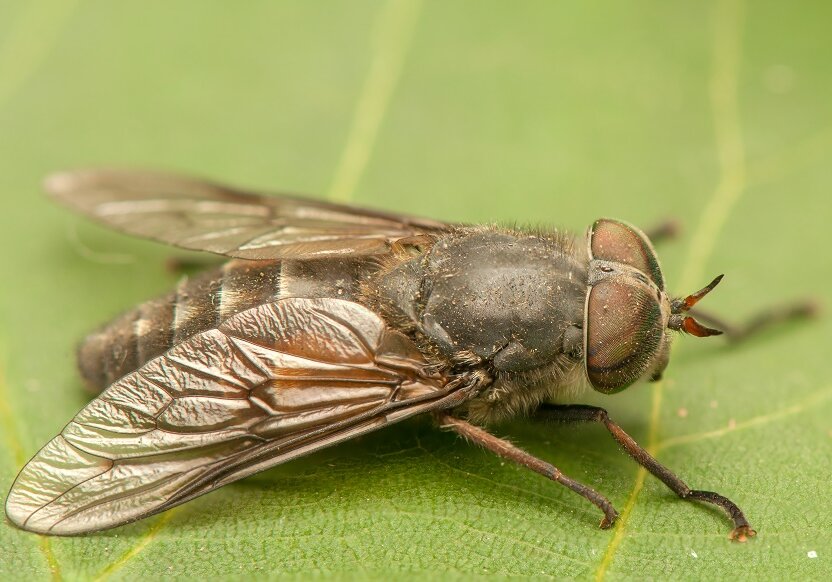
Housefly (Musca domestica)
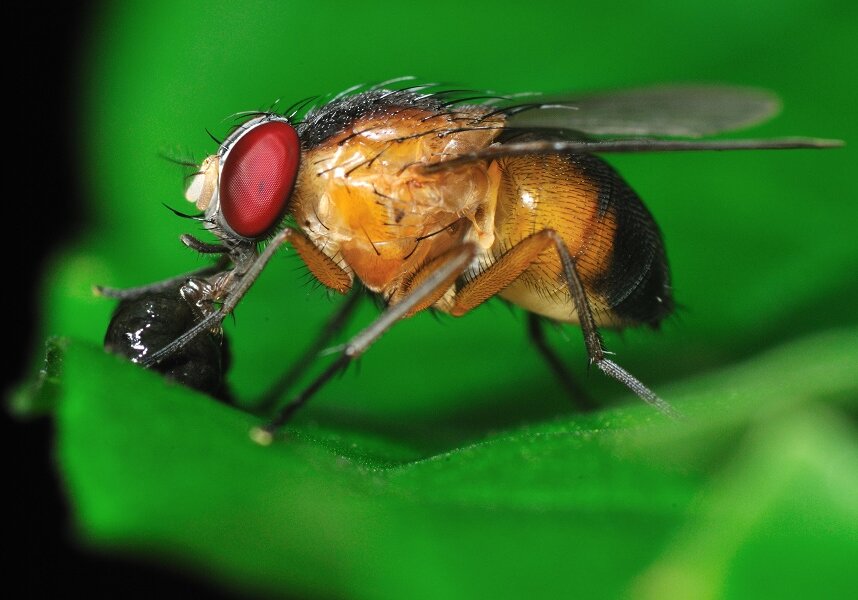
Fruit fly
There are about 100,000 species of two-winged flies, which include sand flies, crane flies (Daddy long legs), houseflies (Musca domestica), horseflies (Family Tabanidae), tsetse flies, fruit flies (Drosophila species), blowflies, yellow swarming flies, whiteflies, cluster flies (Pollenia rudis), blue bottle flies (Calliphora vomitoria) and autumn flies (Musca autumnalis) among others.
Besides having two wings, halteres are another distinguishing feature unique to flies, which give them aerial agility that outstrips that of any other flying insect. The housefly is the most widely distributed insect in human habitations.
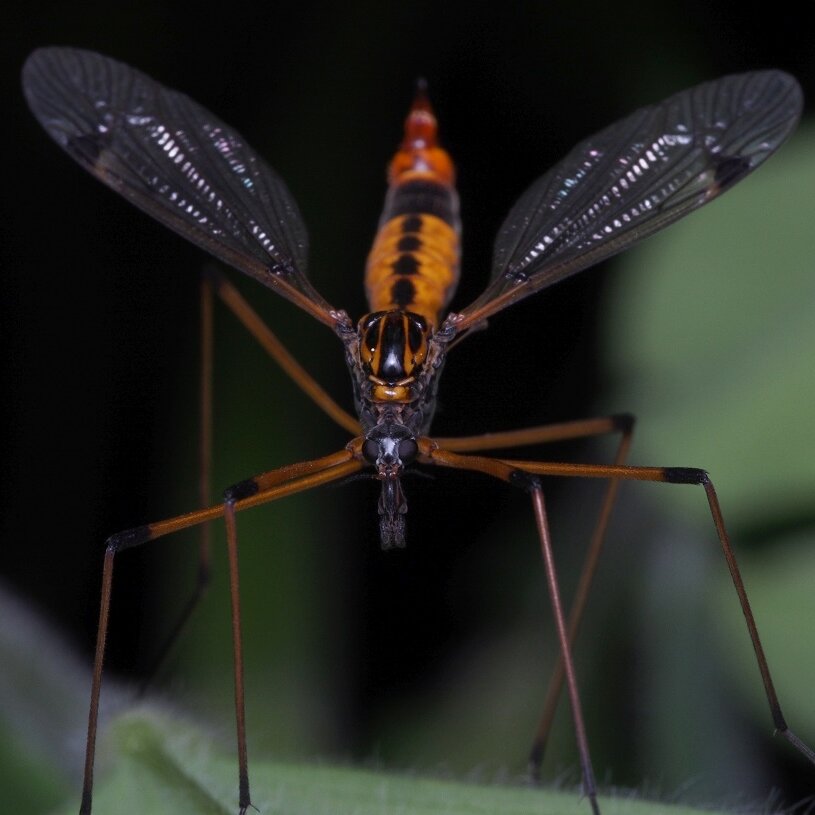
Crane Fly (Daddy long legs)
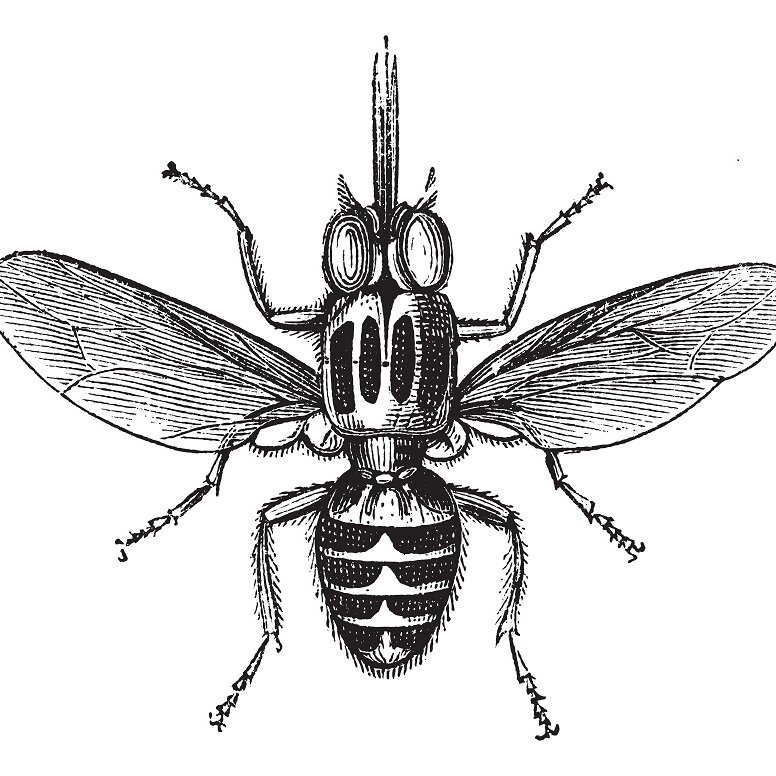
Tsetse fly
Recent posts
Join us on social media or subscribe!
Sign up to receive our articles in your inbox!
Enter your name and email address below to subscribe.
